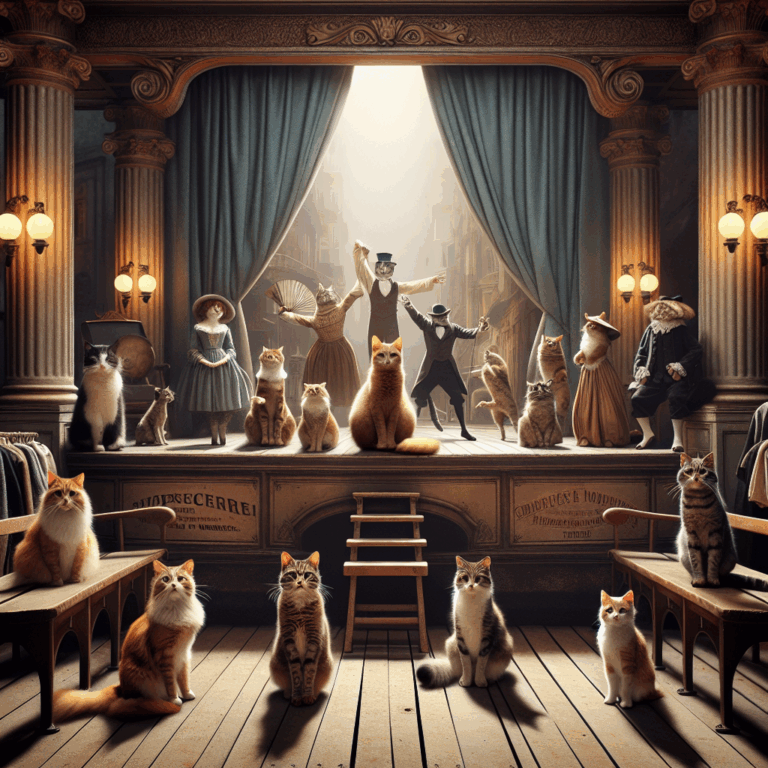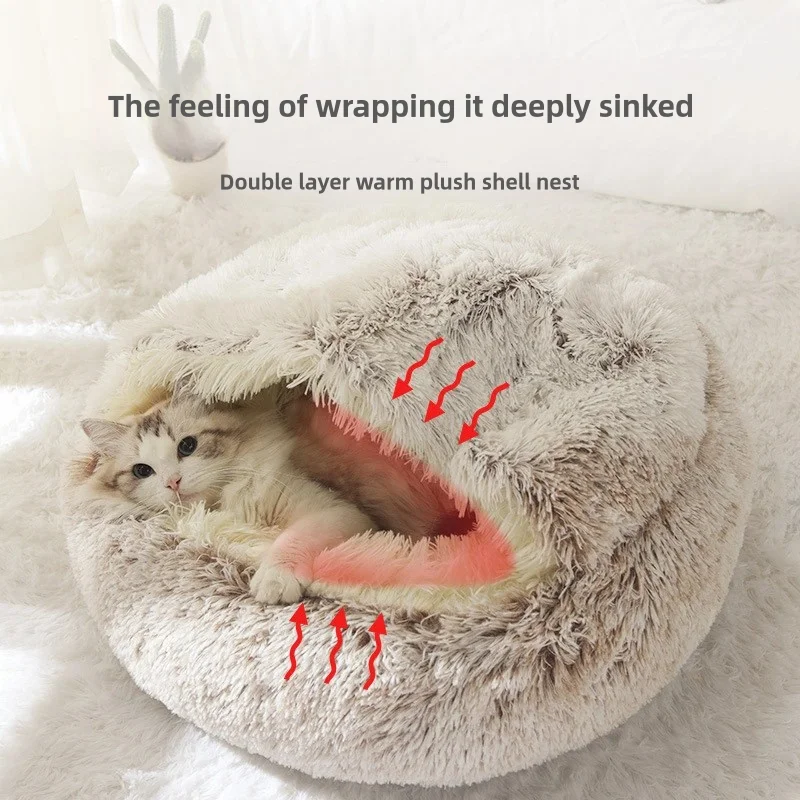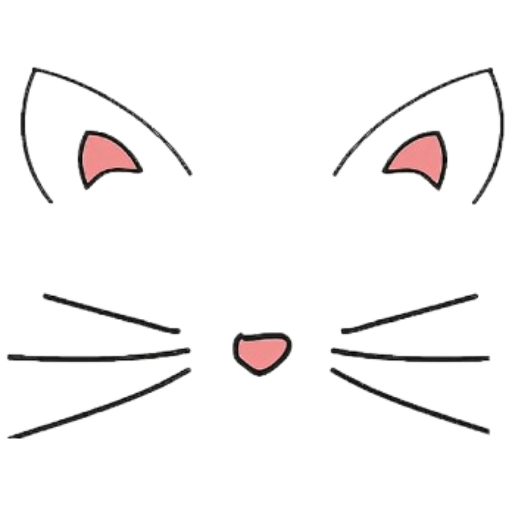The Feline Innovators of Theatre: Cats and Their Impact on the Dramatic Arts
- No Comments
In the world of theatre, where the drama of human existence unfolds on stage, an unexpected player has been quietly influencing the narrative: the domestic cat. Recent research and anecdotal evidence suggest that cats have had a subtle yet profound impact on the dramatic arts, from inspiring playwrights to transforming production dynamics and audience interaction.
Theatre historians note that cats have long been a source of creative inspiration for playwrights and directors. The enigmatic and often whimsical nature of cats has been mirrored in characters and plotlines, adding layers of mystery and unpredictability to theatrical works. Renowned playwrights such as Tennessee Williams and T.S. Eliot have famously incorporated feline motifs and characters into their stories, using the cat as a metaphor for human complexity and intrigue.
Moreover, cats have been known to make cameo appearances in live performances, often unplanned, but always memorable. There are numerous instances where stray or resident theatre cats have wandered onto the stage, seamlessly integrating into the performance and delighting audiences. These feline performers, with their natural charisma and stage presence, often become local legends, drawing in crowds who hope to catch a glimpse of their unscripted appearances.
The presence of cats in theatres is not only limited to the stage but extends backstage as well. Many theatres around the world have adopted cats as mascots, providing companionship to the cast and crew. These cats often serve as stress relievers, offering comfort to artists during rehearsals and long production nights. The therapeutic value of these feline companions has been acknowledged by theatre professionals who claim that their presence fosters a more relaxed and creative atmosphere.
In addition to their psychological benefits, cats have played a practical role in maintaining the historic theatres where many of these productions take place. Cats are known for their prowess as hunters, and their presence helps to control rodent populations, protecting costumes, props, and delicate stage equipment from damage. Theatres in cities like London and New York have famously employed cats for this purpose, with the cats themselves becoming a part of the venue’s identity and charm.
Audience engagement is another area where cats have made their mark. Theatre-goers often share stories and photographs of their encounters with theatre cats on social media, creating a unique bond between the audience and the venue. This feline-fueled word-of-mouth marketing can enhance a theatre’s reputation and attract new visitors who are intrigued by the possibility of a feline encounter.
As the theatre community continues to evolve, the role of cats in this artistic realm remains a testament to the enduring relationship between humans and their feline counterparts. Whether providing inspiration, companionship, or practical benefits, cats have carved out a niche in the world of theatre that is as unique and dynamic as the art form itself. As audiences and performers look to the future, it seems certain that cats will continue to influence the dramatic arts in ways both seen and unseen, reminding us all of the magic that can happen when life imitates art, and vice versa.

In the world of theatre, where the drama of human existence unfolds on stage, an unexpected player has been quietly influencing the narrative: the domestic cat. Recent research and anecdotal evidence suggest that cats have had a subtle yet profound impact on the dramatic arts, from inspiring playwrights to transforming production dynamics and audience interaction.
Theatre historians note that cats have long been a source of creative inspiration for playwrights and directors. The enigmatic and often whimsical nature of cats has been mirrored in characters and plotlines, adding layers of mystery and unpredictability to theatrical works. Renowned playwrights such as Tennessee Williams and T.S. Eliot have famously incorporated feline motifs and characters into their stories, using the cat as a metaphor for human complexity and intrigue.
Moreover, cats have been known to make cameo appearances in live performances, often unplanned, but always memorable. There are numerous instances where stray or resident theatre cats have wandered onto the stage, seamlessly integrating into the performance and delighting audiences. These feline performers, with their natural charisma and stage presence, often become local legends, drawing in crowds who hope to catch a glimpse of their unscripted appearances.
The presence of cats in theatres is not only limited to the stage but extends backstage as well. Many theatres around the world have adopted cats as mascots, providing companionship to the cast and crew. These cats often serve as stress relievers, offering comfort to artists during rehearsals and long production nights. The therapeutic value of these feline companions has been acknowledged by theatre professionals who claim that their presence fosters a more relaxed and creative atmosphere.
In addition to their psychological benefits, cats have played a practical role in maintaining the historic theatres where many of these productions take place. Cats are known for their prowess as hunters, and their presence helps to control rodent populations, protecting costumes, props, and delicate stage equipment from damage. Theatres in cities like London and New York have famously employed cats for this purpose, with the cats themselves becoming a part of the venue’s identity and charm.
Audience engagement is another area where cats have made their mark. Theatre-goers often share stories and photographs of their encounters with theatre cats on social media, creating a unique bond between the audience and the venue. This feline-fueled word-of-mouth marketing can enhance a theatre’s reputation and attract new visitors who are intrigued by the possibility of a feline encounter.
As the theatre community continues to evolve, the role of cats in this artistic realm remains a testament to the enduring relationship between humans and their feline counterparts. Whether providing inspiration, companionship, or practical benefits, cats have carved out a niche in the world of theatre that is as unique and dynamic as the art form itself. As audiences and performers look to the future, it seems certain that cats will continue to influence the dramatic arts in ways both seen and unseen, reminding us all of the magic that can happen when life imitates art, and vice versa.


